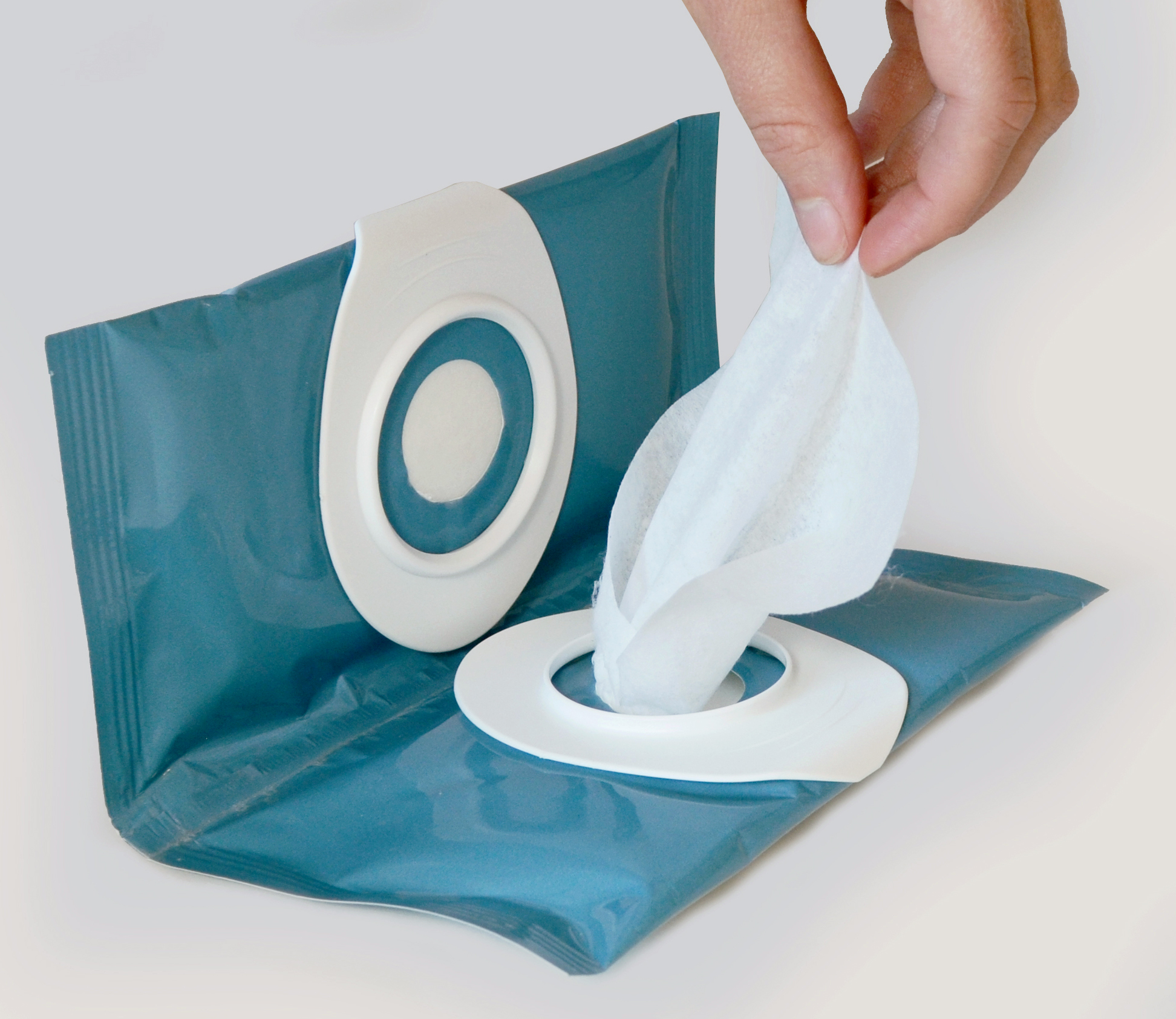Wet wipe pollution 'changing the shape of British riverbeds

Wet wipes are changing the shape of British riverbeds, campaigners said after finding more than 5,000 of them alongside the Thames in an area the size of two football pitches.
Thames 21, a London environmental organisation that cleans up rivers and canals, retrieved 5,453 wet wipes during an operation last month in 116 sq m of the Thames embankment near Hammersmith. The haul was an increase of nearly a thousand over last year’s total (which took place on a larger riverbank area).
“You need to go at low tide to see the mounds forming,” said Thames 21’s Kirsten Downer. “The Thames riverbed is changing. Wet wipes are accumulating on the riverbed and affecting the shape of the riverbed. It looks natural but when you get close you can see that these clumps are composed of wet wipes mixed with twigs and mud.”
Wet wipes are now a booming industry with their own conference and even a “moist towelette” online museum. The sector is busily innovating, and alongside baby wipes you can now buy personal care wipes, household wipes, industrial wipes, pet wipes and speciality anti-malarial wipes. The sector is expected to grow about 6-7% a year, and to expand from a $3bn international market to $4bn by 2021.
But there is growing concern about the environmental impact. The wipes are usually made of a fabric like cotton woven together with plastic resins such as polyester or polypropylene, which are are not biodegradable. “People get confused and don’t realise that you are not supposed to flush wet wipes down the toilet,” said Downer.



